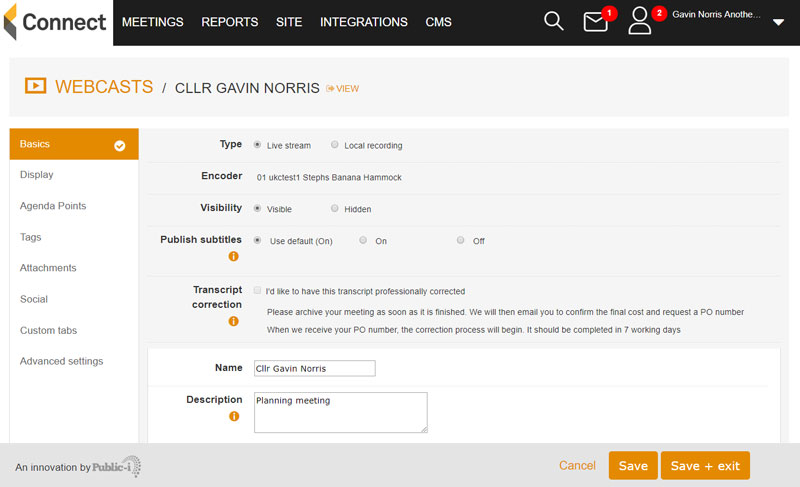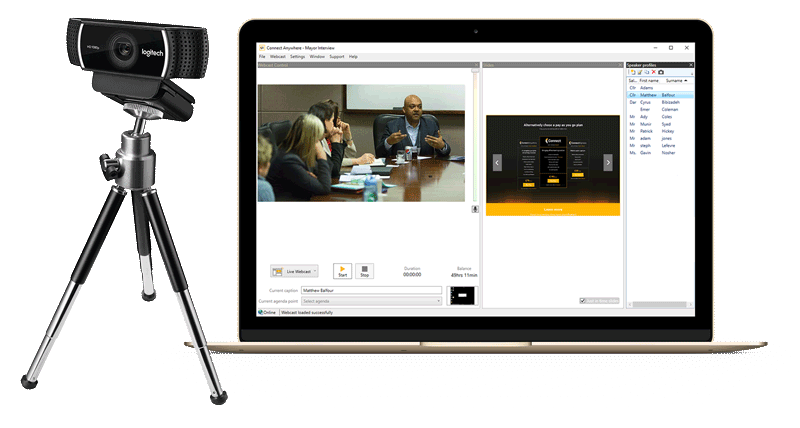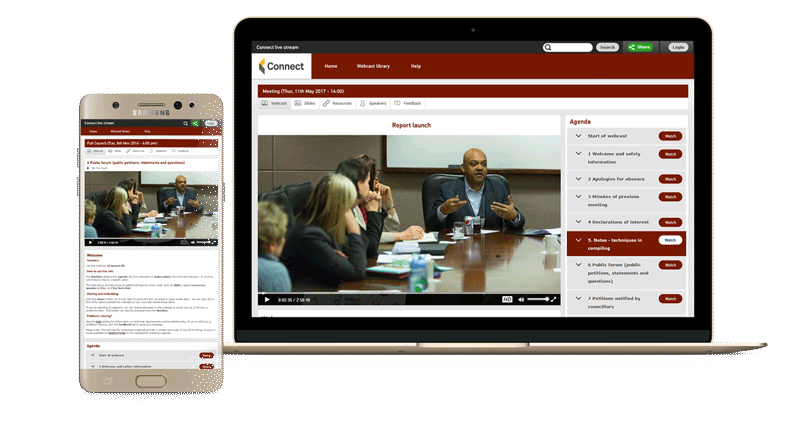Are you aware of the television programme “Undercover Boss”? Basically, the head of a large business spends some time in cognito in a far-flung part of the organisation. He (or she) then finds out what really happens in the business, makes changes for the better and everyone feels uplifted by the process.
Well Public-i isn’t big enough for that sort of production but I thought I’d spend a day immersed within our Customer Service team. After all, I’m always banging on about how important it is so perhaps I should really understand what they do.
There are four in the team which is managed by Dan, plus two who cover evenings with our online monitoring tool. They’re ITIL trained and have a variety of IT tools to help them do their job. Sounds straightforward? What could possibly go wrong?
The first part of the day is spent testing clients who are webcasting that morning. This time of year, there are always a lot of important meetings and it’s key that everything runs smoothly. There’s a lot of multi-tasking as numerous lights flash on screen to show who wants to run a test. Under their own time constraints, customers understandably expect an immediate response. Teamwork is paramount here and I was impressed to see everyone help each other out to ensure no customer is kept waiting too long. I know it isn’t always this smooth but I can tell there is a real sense of willing to provide a good customer experience.
Of course, not every test goes well and it’s then that the team really start earning their crust. Trying to find out why things don’t work is a skill and often starts with the simple question “what has changed since your last webcast?”
It’s a simple enough question but the answer isn’t always so obvious. Sometimes it’s as easy as somebody changed a setting somewhere or forgot to switch something on. Other times it seems that the age old “switch it off and back on again” method seems to do the trick. Why is that? Personally, I don’t like this solution as it doesn’t really get to the bottom of the problem.
This is when an internal ticket needs to be raised and a proper investigation conducted. The most difficult challenge seems to involve the world of networks, security settings and software updates. We live in a time where we expect technology to “just work” but the reality is that there are IT departments across the world trying to second guess the impact of software updates from all types of sources on their systems. Internally we try and control the timing of our updates and the impact of other releases. Unfortunately, it’s not always possible.
After the morning rush, there are a series of appointments with customers trying to get to the bottom of these issues. It’s amazing how much can be done remotely but sometimes there is no choice but to arrange a site visit. Our system integrates with so many other audio visual components (microphones, screens, loudspeakers, control systems) that a full physical test is required.
Suddenly it’s lunchtime and the whole cycle starts again with the afternoon meetings.
What have I learnt and what would I change?
Firstly, the importance of teamwork, discipline and organisation. The morning and afternoon rush of tests require everyone to be on their game. All issues must be recorded properly so they can be dealt with promptly and effectively.
Secondly, I was struck by the amount of IT knowledge needed to help solve customer issues. The geeks really have inherited the earth!
Finally, what would I change? The first step is to make sure the right people are on board. I’m certain they are. We then need to check we have the right processes to enable the team to do their job effectively and efficiently. This includes more customer training. There are opportunities for continuous improvement here (see my last blog). This includes plenty of simple things that can be done to make everyone’s life better. We’ll make sure they’re achieved.
Fundamentally I was struck by how much the team wants to make a customer’s life better. Nobody ever contacts Customer Service to say how well they’re doing and it takes a certain resilience to work on the front line. It’s also a source of great job satisfaction when it goes well though.
Thanks to the team, especially Dan and Glen for putting up with me.












